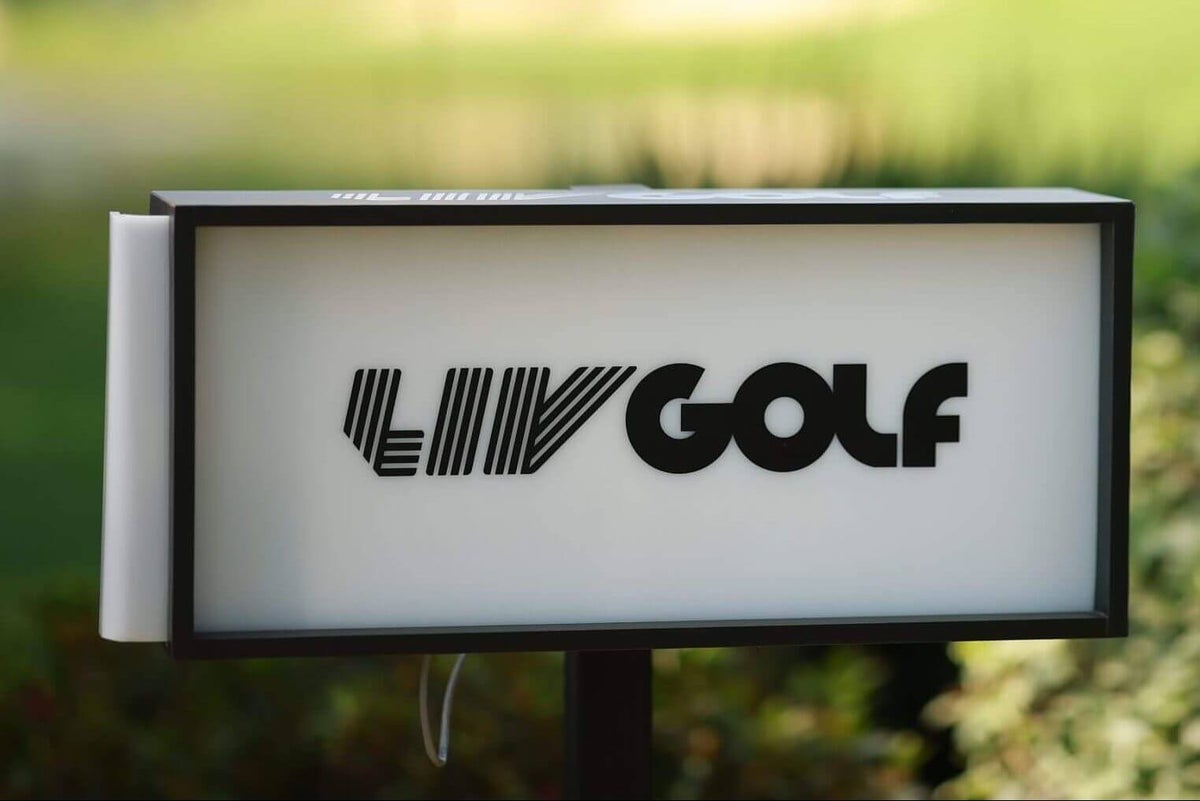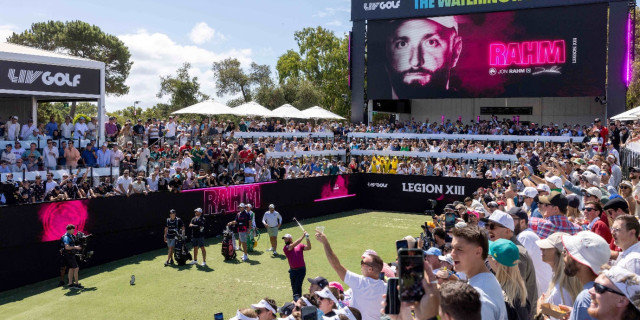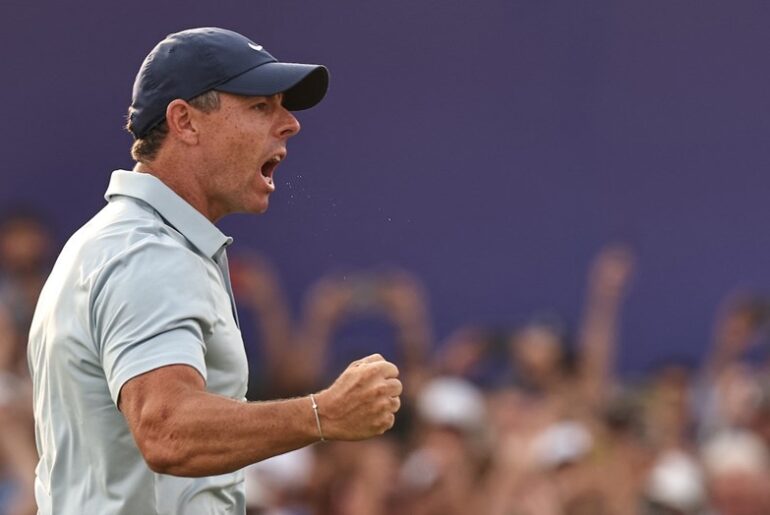LIV Golf Ltd, the United Kingdom-based entity which manages the upstart golf league’s activities outside of the United States, lost £461.8million in 2024 ($590.1million).
It represents the latest high, or low, for the already heavily loss-making business and meant losses in the UK business across the first three-and-a-half years of operation hit £1.1billion ($1.4billion).
Those losses, as shown in LIV Golf Ltd’s 2024 accounts, come as LIV revenues remain small compared to the significant sums paid to attract golfers away from the more established PGA and DP World Tours, operated in the U.S. and Europe respectively.
Non-U.S. revenues hit £64.9m for LIV in 2024, up 75 per cent on 2023 yet still a long way below the £553m paid out in costs. LIV’s income primarily stems from fees paid by hosts to stage their events (£26.6m) — of which there were seven outside the U.S. last year — sponsorship fees (£17.1m) and ticketing and hospitality sales (£13.2m).
LIV revenue outside the US totalled just £107.0m between June 2021 and December 2024, which was less than the amounts committed in prize money on its events, never mind any costs beyond those.
With the exception of the $50m Team Championship held in the U.S. at the end of each season, LIV Golf events offer competing players a prize pot of $25m each, with 16 non-U.S. events hosted across the 2022, 2023 and 2024 leagues. That put LIV Golf Ltd’s expenses in prize money alone at $400m (£318.5m), well beyond revenues in that time.
This is before considering the huge sums paid to bring players to the new league in the first place. Alongside individual prize money, several LIV golfers also secured significant commitment fees, as well as annual payments made for as long as they remain part of the league.
LIV Golf Ltd’s accounts do not disclose exact sums paid to players, but they reside within the business’ cost of sales figure. That totalled £1.142bn across those first three and a half years, almost 11 times revenue in the same period.
Funding for such large expenditure is provided by Saudi Arabia’s Public Investment Fund (PIF), the sovereign wealth fund which owns LIV as well as the Premier League’s Newcastle United and several teams in the Saudi Pro League. PIF underwrote last year’s loss via a £423.7m share issue, taking equity injected into the UK business to £1.033bn in its first 42 months of operation.
The real sum committed to attempts to establish LIV as a force in golf is far higher.
Public filings in Jersey for LIV Golf Investments Ltd show a total of $3.906bn had been raised via equity injections to the end of 2024. LIV Golf Investments owns both the UK entity and LIV Golf Inc in the U.S. and, though visibility of the latter’s operations is limited due to its private nature, it stands to reason that the remainder of funding has flowed to the U.S. business.
If so, after applying prevailing exchange rates at the time of the share issues, LIV Golf Inc received £2.1bn in funding between mid-2021 and the end of 2024, or double the amount required to fund the league’s activities outside the U.S.
A further $983.5m (£759.3m) of shares have been issued in LIV Golf Investments in 2025, including $309.2m (£229.6m) as recently as September 22. That is lower than the £1.2bn injected in 2024 but still reflects a business deep in the red. Broadcast rights, which tend to underpin growth in sports leagues, remain miserly for LIV, with just £2.8m generated outside the U.S. last year.
If the league is proving costly for PIF, players who have joined are reaping the rewards. A little under $1.4bn in prize money has been paid to 95 golfers across the four completed LIV seasons, with 14 annual events yielding a combined $375m purse.
Despite only joining ahead of the 2024 season, Spaniard Jon Rahm leads LIV’s overall earnings list, banking over $76m in the past two years. That is exclusive of the amount Rahm received for agreeing to join the new league.
Signing fees paid to both Rahm and others have never been officially disclosed, but public filings make clear why some of golf’s biggest names were willing to move to a nascent organisation.
LIV does not just have its golfers to pay, and has incurred noteworthy costs as it attempts to establish itself on golf’s world stage. Administrative expenses alone, unrelated to player payments, exceed revenues.
Yet those signing fees were plainly significant. Over the past four years, PIF has invested $4.890bn into LIV Golf, three and a half times the declared prize money in the same period.
(Photo: Hector Vivas/Getty Images)







